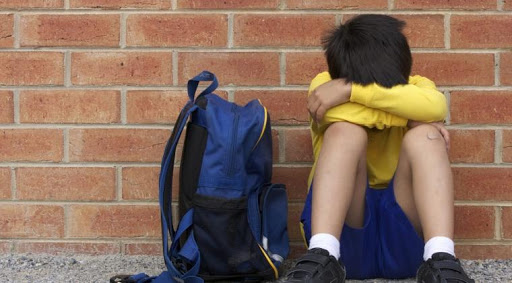Bullying among teenagers is a serious problem that we face today. Not only conventional bullying, bullying by adolescents has led to cyberbullying. Bullying is defined as an aggressive act of violence to hurt someone both verbally and physically.
In principle, conventional and cyberbullying are the same, which is aimed at hurting someone. The difference only lies in the use of the media. Conventional bullying is done face-to-face and tends to involve physical violence. Cyberbullying is done through electronic communication technologies such as e-mail, cell phones, text messages, and chats and tends to contain verbal violence such as negative speech or hate.
This topic raises our critical way of thinking on media, family, community and school involvement in the intensity of cyberbullying by adolescents.
Some Variable Effects of Cyberbullying Maya
Some previous studies conducted by Joshi & Kaschak (1998), Dubow (2010), Navarro & Jasinski (2013), Ovejero et al (2016), Larraaga et al (2016), Heirman et al (2016) and Navarro (2016) ) there are two situational influence variables of bullying, situational influence variables originating from individual personalities and situational variables originating from media (non-personal).
From these two core variables, we develop them into several sub-variables. Sub variables of situational influence variables coming from personal include power possession, supervision of teachers and parents, closeness of relationships with others, and gender. This is based on our five assumptions. The first assumption is related to a person’s possession of power. People with great power will bring out a sense of exclusivity in him. This is what drives them emotionally to dislike and hate the presence of people with different identities from him.
The second assumption is related to the low supervision of teachers and parents. Data shows that bullying often occurs outside home or school. We argue that this happened because there was no or a little supervision from teachers and parents. So we assume the weak supervision of teachers and parents will encourage bullying. The third assumption is related to the closeness between the individual and their family, friends, and community.
Individuals really close to family, friends and community tend to have a low aggressiveness level. The fourth assumption is related to gender. Facts show that men are physically and outwardly stronger than women. So we assume that men are often be perpetrators (a bully or aggressors ) and women are often victims ( a bullied person or victim ). The four situational influence sub-variables above are more often found within individuals as well as interactions between individuals.
In addition to situational influence variables that come from the individuals, there are also situational influence variables from media exposure. We assume that the display of violence in the media is one of the variable situational influences that causes non-personal abuse. When someone is exposed long or often enough to violent contents from the media, that person is likely to become an aggressor ( a bully ). The five sub variables above are situational factors that drive someone’s behavior to hurt others.
From the above explanation we argue that if someone is exposed to violence both from their social environment (such as at school, at home, or in a neighborly relationship) or from exposure to media with high intensity, then there is a tendency that person will adopt the behavior, bullying other people with lesser power both face to face and through cyberspace.
This research was conducted on teenage respondents aged 15-18 years. There were 201 respondents consisted of 114 female respondents and 87 male respondents. The analysis shows that media exposure is very influential on the behavior of bullying among adolescents and they tend to vent it at school. Other findings show women are often become victims of bullying than men.
The results of this research have implication that parents and teachers need to establish a good relationship with adolescents so that they can supervise their students in the selection of media content they watch. (*)
Author: Andria Saptyasari
Details of this research available at:





